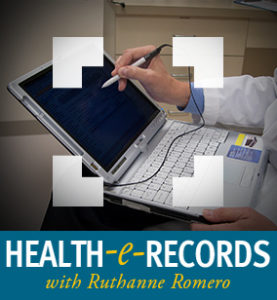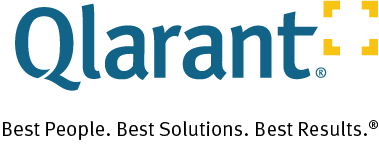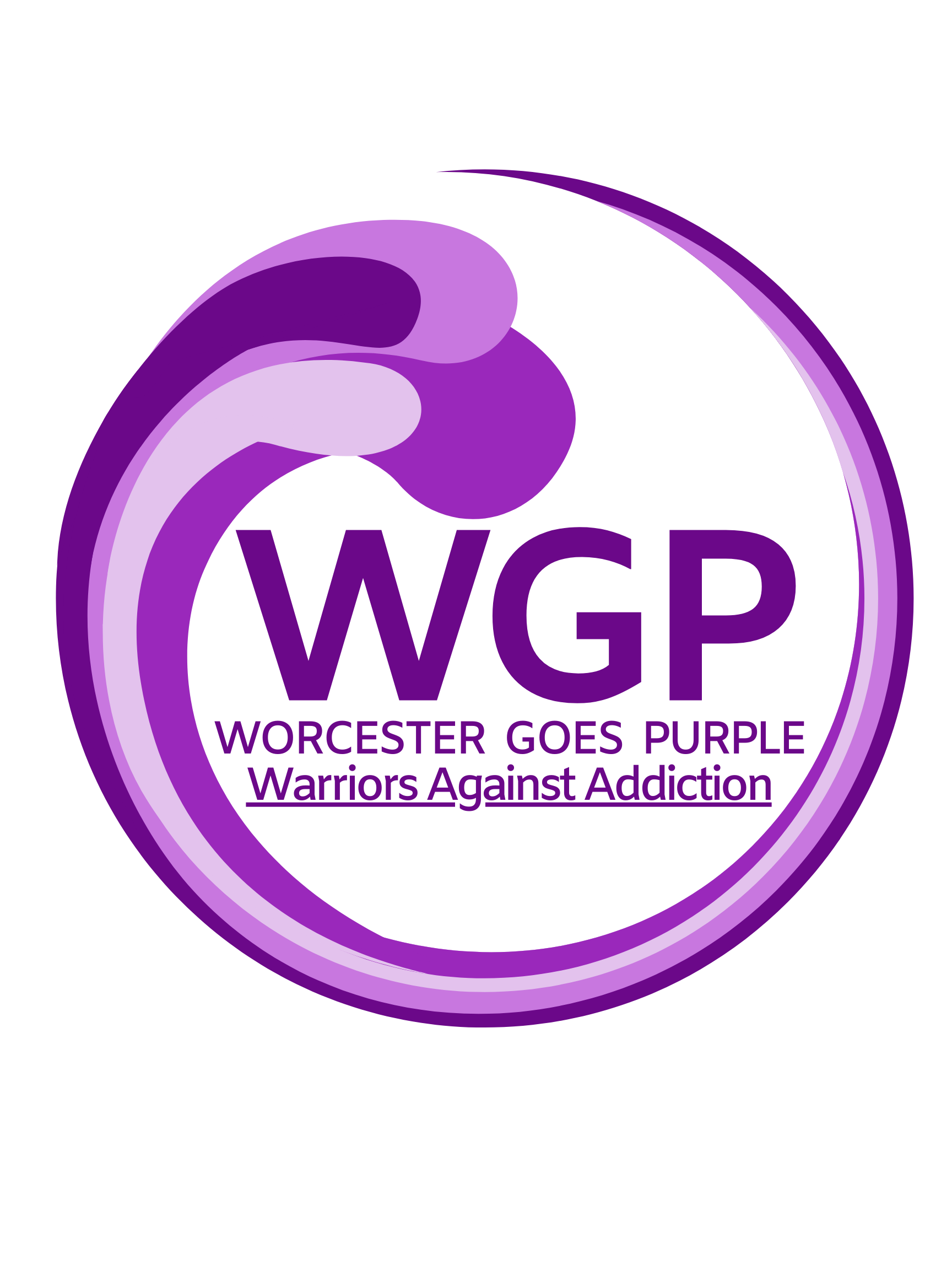Follow the Money
 Ever stop and think how healthcare is tied together? Give it a try. Still thinking? Here’s a hint, it’s essential to our daily lives. Still no answer? It’s needed to provide a roof over our head, food in our stomachs, and clothes on our backs. Yep, you guessed it, MONEY. As stated in an @ Face Value post, “When it comes to our healthcare data all roads lead to your insurance company.” In some cases, the ‘processers and payers’ of healthcare and prescription drug claims are also the government.
Ever stop and think how healthcare is tied together? Give it a try. Still thinking? Here’s a hint, it’s essential to our daily lives. Still no answer? It’s needed to provide a roof over our head, food in our stomachs, and clothes on our backs. Yep, you guessed it, MONEY. As stated in an @ Face Value post, “When it comes to our healthcare data all roads lead to your insurance company.” In some cases, the ‘processers and payers’ of healthcare and prescription drug claims are also the government.
Here’s another question. How does one coordinate better? Answer, they reduce the number of places that one has to communicate with. Ever play the game ‘telephone’ when you were a child? Someone would start a message by whispering in another person’s ear, the message could not be repeated to the same person twice. Your task was to hope you heard the message correctly and pass it along by whispering in the next person’s ear. The last person in line had to say the message aloud in the hopes it was the original message conveyed. Well, that is kind of how it feels now as a patient when you see different providers. Each provider documents your medical history in their own Electronic Health Record. Meanwhile, you sit hoping you didn’t forget to mention something important and that you told the same information to the last provider you saw.

Also referenced in another @ Face Value post, in order for healthcare costs to be managed, it has to be efficient. In order to be efficient, it has to be measurable and based on quality not quantity. Quality is achievable when there is good communication and coordination of care between providers. All of this is within reach with the implementation of the EHR). In my 3rd post “Continuing Down the EHR Path” (seems like yesterday, where does the time go?) I discussed EHR requirements. Using health information technology to improve the quality of healthcare, reduce medical errors and health disparities, improve public health, increase prevention and coordination with community resources, and improve the continuity of care among healthcare settings were all discussed. What I am talking about now is just an example of those requirements in action. The more providers that have access to the same data concerning a patient’s health history, the better the provider is able to understand what is happening with the patient and what has happened with the patient.
During my most recent doctor visit, the medical assistant pulled up my record to verify my past medical history along with my current medication list. When I asked how she knew I was taking a certain medication, she stated, “We are wired in with the pharmacy system.” Every time I get a prescription, no matter who prescribed it, their system is made aware. It even showed the medication prescribed to me by my dentist. Hmm….how interesting. With today’s opioid epidemic, having access to the patient medication history sounds like a good thing. Then I noticed a medication that was discontinued over a year ago, yet it still showed active on my EHR. When I questioned why that a specific medication was still showing, her reply was that their system gets notified every time something gets filled, however, it does not get notified when something is discontinued. This lack of updates is at the heart of why we still have to verify at each provider visit. When I questioned if all pharmacies are wired in to their system, her response was that it depended on the pharmacy. Some are and some are not. This finding supports my 4th post “Practice Makes Perfect – But We’re Not There Yet”.
Communication between records and communication between providers is definitely progressing forward. Hospitals are able to obtain faster authorization approvals from insurance companies for certain services, performed both inpatient and outpatient, and based on the CPT/Diagnosis codes submitted. Laboratory computer systems, such as LabCorp’s, are able to communicate directly with insurance companies, allowing them to provide every patient’s estimated out of pocket costs. More and more medical providers are combining their resources and becoming part of larger hospital networks in order to help with administrative costs and meet the obligations of Value Based Healthcare, part of the MACRA legislature. This act made substantial changes to the government’s healthcare payment system by rewarding providers for better, lower cost, patient-centered care. Based on the goal of this legislation, having an integrated system is essential to the success and the ability to control every aspect of a patient’s care, from providing the M.R.I. for a diagnosis to filling a prescription at one of its pharmacies, to running a hospital where the patient undergoes surgery.
So to my original question, how is healthcare “tied” together? Money, making the payers the “drivers” of the EHR.
Disclaimer: This Blog is for educational purposes only as well as to provide general information and a general understanding of the topics discussed. The Blog should not be used as a substitute for legal advice and you are advised to seek additional information from your insurance carriers, Medicare and/or Medicaid agencies for additional criteria and regulations regarding these services.







